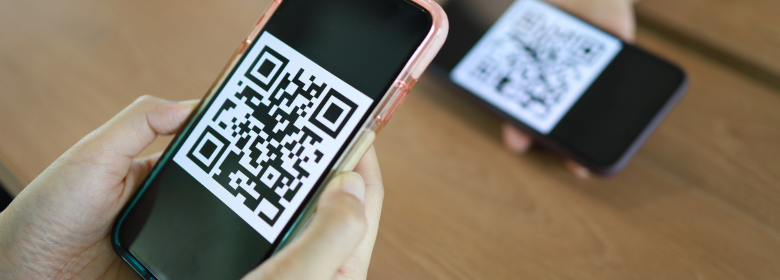When you’re out and about it’s likely that you’ll come across a QR code at some point.
Whether it’s on a restaurant menu or product package, QR codes are everywhere and when you see one, all you have to do is take out your smartphone and scan it. Then, in a matter of seconds, you have access to a range of useful information.
It’s great, isn’t it?
But have you ever thought about the potential risks of scanning a QR code?
While QR codes themselves aren’t dangerous, cybercriminals have found ways to exploit them and embed malicious malware. We therefore need to start treating QR codes with more caution.
Here are a few tips to help you stay safe when scanning:
Consider the source
If the QR code comes from a reputable source, it’s more likely to be safe to scan. Avoid scanning QR codes that are placed in random places, whether it’s online or in the physical world.
Check the URL
When you go to scan a QR code, a preview of the website link is shown prior to you clicking it. Always make sure that the link looks legitimate, recognisable and that it relates to the source of the QR code.
Be wary when logging in to any accounts
After clicking on a QR code, be wary about logging in to any accounts. Sometimes it will be necessary to do so but avoid sharing any personal information.
Avoid using third-party applications
Don’t use any ‘QR scanner’ apps to scan! Most smartphones today come with a QR scanner built into the camera app itself. Third party apps have been known to spread malware, so steer clear.
Be careful with payments
Lastly, do not make any payments through a QR code unless you are sure that it is safe and legitimate.
